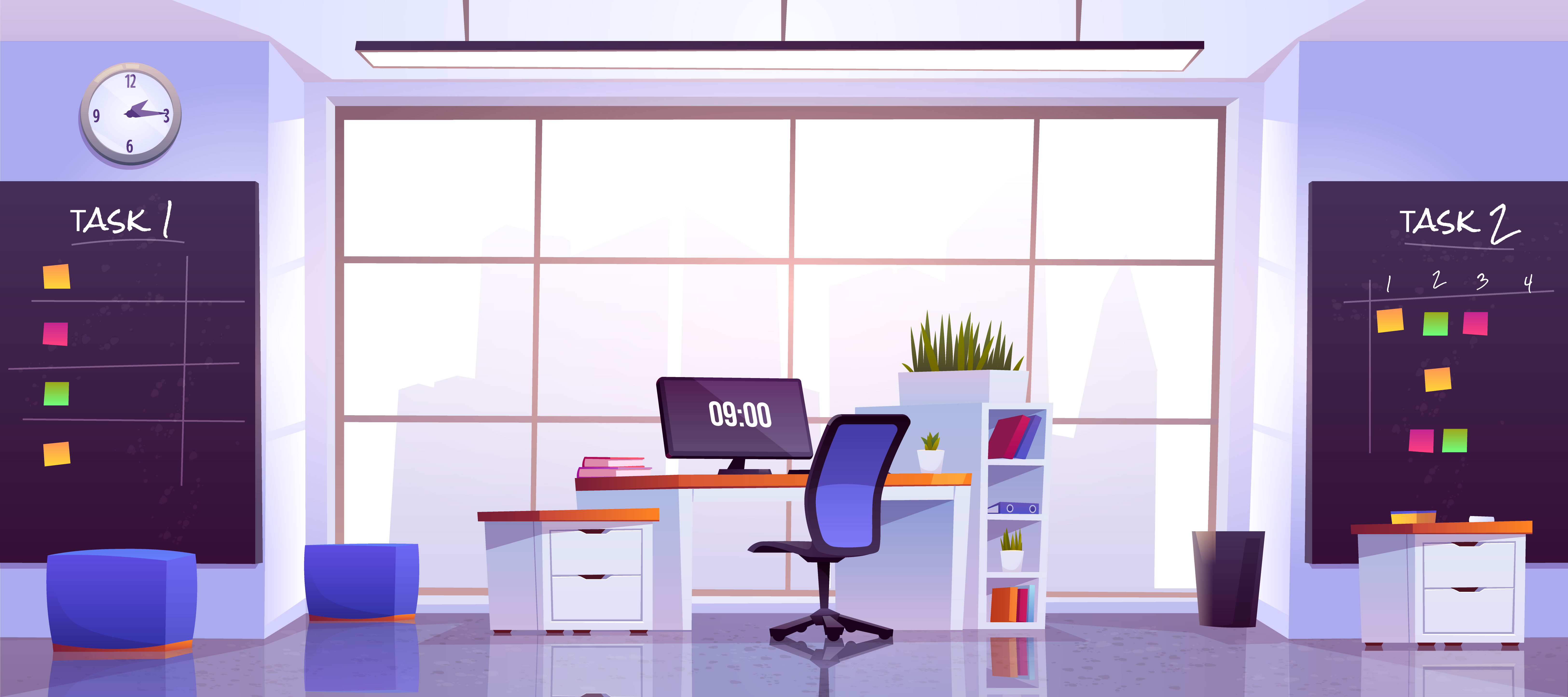April 15, 2025
HARDWORKING WORKER FACING AI

Photo by Georgia de Lotz on Unsplash - Image by @upklyak on freepik
The professional world has evolved significantly in recent years. Technological advancements have disrupted our habits, allowing us to work anywhere and anytime. Paradoxically, we now have more free time than before, yet overwork and burnout remain widespread...
- A mixed picture -
A recent survey from the American Time Use Survey (ATUS) indicates that men spend an average of 5.8 hours per day on leisure activities, compared to 5.1 hours for women. However, the pressure felt at work continues to increase. Hard work is not only measured by the number of hours worked but also by its psychological impact on us. Studies show that half of all workers do not take all their paid vacation days, highlighting a paradoxical relationship with work.
In 2019, a Eurostat study revealed that 59% of workers in the European Union had not been contacted by their employer or clients during their free time in the previous two months, while 23% had been occasionally, and 17% multiple times, sometimes requiring immediate action.
The actual duration of work also varies across European countries. For instance, in 2023, full-time employees in France worked an average of 1,673 hours per year—less than in most other European countries, except for Finland and Sweden.
- The work-related stress -
Psychologists have identified four key dimensions of excessive concern about work :
Technology plays a major role in this constant concern, maintaining a permanent connection to work through our connected devices.
- Stress catalyst or tool for liberation -
Since the pandemic, European and Asian workers have reported a significant decline in their well-being, often attributed to the increasingly blurred boundaries between professional and personal life. While working from home is convenient, it has also eroded these distinctions.
Artificial intelligence (AI) is adding another layer to this dynamic, altering our relationship with work. A McKinsey study indicates that nearly 30% of employees no longer find meaning in their work. This loss of purpose may be linked to the accelerating pace of businesses and the widespread adoption of AI, which replaces tasks once performed by humans. According to a Cedefop study, over a quarter of European workers already use AI in their daily professional activities, requiring a rapid adaptation of skills.
Take call centres, for example. AI-driven automation allows chatbots to handle customer queries faster. However, this reduces human employees’ roles to handling only complex and often stressful interactions, increasing their emotional burden.
In the European banking sector, AI is used to automate fraud detection. While this improves efficiency, it can also lead to an increased workload for employees responsible for investigating flagged anomalies, thereby heightening their stress levels.
AI can be an asset when properly integrated. Its potential lies in enhancing efficiency, allowing employees to focus on high-value tasks. The goal should not be to replace humans but to support them.
- A balanced use of technology -
Although AI can free up time, this time is often reinvested in digital activities that may harm our mental health. In Europe, a Harmonized European Time Use Survey (HETUS) is currently underway to analyse these trends. In the United States, the average daily screen time is seven hours, with over two hours dedicated to social media. This hyper-connectivity leads to fragmented attention and increased anxiety disorders.
A hybrid office worker, for instance, may spend half of their time in video conferences and the other half responding to emails. The resulting mental overload can quickly lead to decision fatigue and professional exhaustion.
Moreover, the structure of social networks into « filter bubbles » reinforces societal divisions by exposing individuals only to content that aligns with their existing beliefs. Social life suffers, and the richness of human interactions diminishes.
- A place for AI -
AI presents an interesting duality :
The explosion of data and the speed of digital transformations raise a crucial question : does technology truly improve our lives? Between 2000 and 2008, productivity surged with the first wave of digitization. However, the rise of social media later captured much of our attention, paradoxically making workers less focused and more prone to distraction.
A thoughtful adoption of AI could, however, pave the way for shorter workweeks, leaving more room for fulfilling activities.
In the medical field, AI can analyse medical imaging in seconds, saving radiologists valuable time. Rather than replacing them, it allows them to focus on complex diagnoses and patient relationships.
- A more human intelligence -
The future of AI is not just about automating tasks but about how it can enrich the human experience. Tools like MercurySays.com, which analyses emotions in written messages, illustrate how technology can help us communicate better and preserve our humanity.
Francis Walsh, a communication consultant for the Australian Parliament, has demonstrated that the structure and intent of messages directly influence how recipients perceive and emotionally react to them. This approach highlights a unique opportunity : using technology as a lever to strengthen our emotional intelligence.
Conclusions
AI has become an unavoidable player in our daily lives. Its rapid development compels us to adapt but also to question its impact. Rather than seeing it as a threat, we must learn to integrate it in an ethical and balanced manner.
Technology will never replace human experience, but when used wisely, it can enhance it and allow us to refocus on what truly matters.
What do you think?
